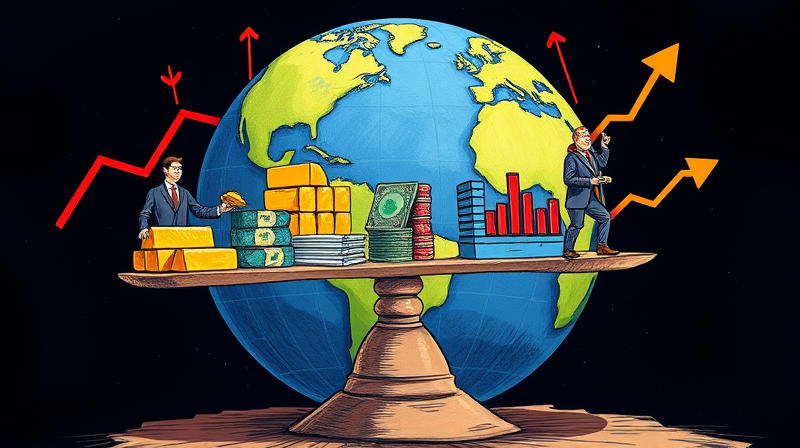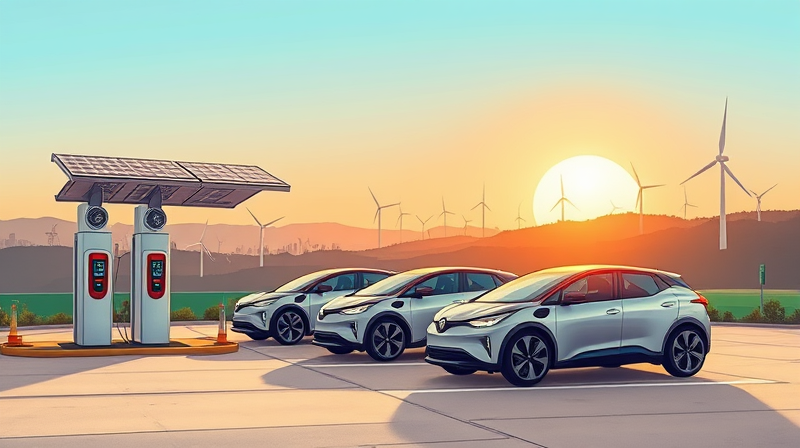The accelerating pace of fintech-driven transformation is reshaping the financial landscape, driving unprecedented innovation and customer empowerment in the digital era.
State of the Market: Size, Growth, and Investment
The global fintech market soared past $209.7 billion in 2025, underpinned by a staggering 25.18% CAGR. Experts project this figure on track to reach $1.32 trillion by 2032, reflecting the industry’s rapid expansion.
Investment in fintech reached $43.5 billion in 2024, fueling a wave of innovation and driving the emergence of 414 unicorns as of January 2025. DeFi assets alone doubled to $118.6 billion, highlighting the rapid decentralization of finance.
- Global fintech market value: $209.7B (2025)
- Projected market by 2032: $1.32T
- Digital banking size by 2026: $19.89T
- Fintech investment in 2024: $43.5B
- DeFi asset value in 2025: $118.6B
The Rise of the Digital-First Consumer
More than 77% of banking customers now prefer digital channels, with millennials leading at 80%. This shift underscores a broader demand for full digitization of financial institution services by 2025, as consumers seek personalization and convenience.
Physical branches are closing at over 1,600 per year in the US, reflecting the industry’s pivot toward online platforms. Yet, 42% of users still cite security concerns, driving banks to adopt layered biometric solutions to regain customer trust.
Next-Generation Technologies Powering Banking Transformation
Artificial intelligence and generative AI are revolutionizing every facet of banking. Institutions report up to a 30% productivity boost in finance through automated decision-making, fraud detection, and personalized financial advice.
Hyperautomation combines AI with robotics to streamline workflows, cutting operational costs by as much as 40%. At the same time, real-time personalized advice and proactive insights from AI assistants are reshaping the customer experience.
Virtual cards, behavioral biometrics, embedded finance, and low-code development further blur the lines between finance and technology, enabling agile rollouts of innovative products and promoting seamless, secure transactions.
Embedded and Seamless Banking Experiences
Embedded finance has become ubiquitous, with buy now, pay later solutions deeply integrated into retail platforms. Customers enjoy streamlined credit access without traditional checks, boosting purchasing power and merchant conversions.
Apple’s opening of NFC for digital wallets sparked fierce competition. Banks are racing to offer competitive digital wallet and payment experiences, ensuring interoperability across glocal ecosystems and capturing the next wave of digital transactions.
Security, Compliance, and RegTech Trends
Security remains paramount as biometric authentication—fingerprint, facial, and behavioral—expands across payment gateways. These measures, combined with AI-driven fraud monitoring, reduce investigation times and safeguard customer assets.
Regulatory frameworks are evolving rapidly, with PSD3 emphasizing digital identity and consumer protection. Regtech solutions utilize machine learning to streamline AML processes, ensuring compliance without compromising operational agility.
Sustainability and Social Impact in Fintech
As environmental and social governance gains traction, sustainability-focused fintech offerings have emerged. From green investment platforms to carbon-tracking digital wallets, banks and fintechs are aligning financial products with ethical and ecological values.
Challenges on the Path to Full Digital Adoption
Despite remarkable progress, banks face a complex array of challenges. Legacy systems, cybersecurity threats, and regulatory hurdles can slow innovation and alienate underserved populations.
- Bridging the digital divide in unbanked communities
- Protecting against evolving cyberattacks and fraud
- Adapting to fast-changing regulations like PSD3
- Managing integration with legacy banking infrastructure
Outlook: The Future of Fintech-Banking Convergence
Collaboration between traditional banks, fintech startups, and big tech is reshaping the competitive landscape. Financial institutions are investing in fintech they cannot build internally, while platforms embed B2B and B2C solutions directly into banking ecosystems.
Looking ahead, we can expect further convergence of technologies—5G connectivity, blockchain interoperability, and advanced AI models—to create omnipresent financial services that are intuitive, secure, and universally accessible.
- Strategic partnerships driving collective innovation
- Expansion of AI and blockchain across services
- Enhanced focus on financial inclusion and diversity
2025 marks a pivotal year in the evolution of banking. By embracing emerging transformative fintech innovations and addressing systemic challenges, financial institutions can deliver transformative value, foster trust, and unlock a truly inclusive, digital financial future for all.
References
- https://www.fintechfutures.com/2025/01/fintech-in-2025-the-industrys-predictions-for-the-year-ahead/
- https://plaid.com/resources/fintech/fintech-trends/
- https://thefinancialbrand.com/news/payments-trends/7-fintech-and-payments-trends-that-will-reshape-retail-banking-in-2025-186997
- https://www.bankrate.com/banking/digital-banking-trends-and-statistics/
- https://fortunly.com/statistics/fintech-statistics/
- https://www.absrbd.com/post/digital-banking-statistics
- https://kissflow.com/solutions/banking/banking-technologies/
- https://speednetsoftware.com/new-fintech-innovation-in-2025-speednets-predictions/










